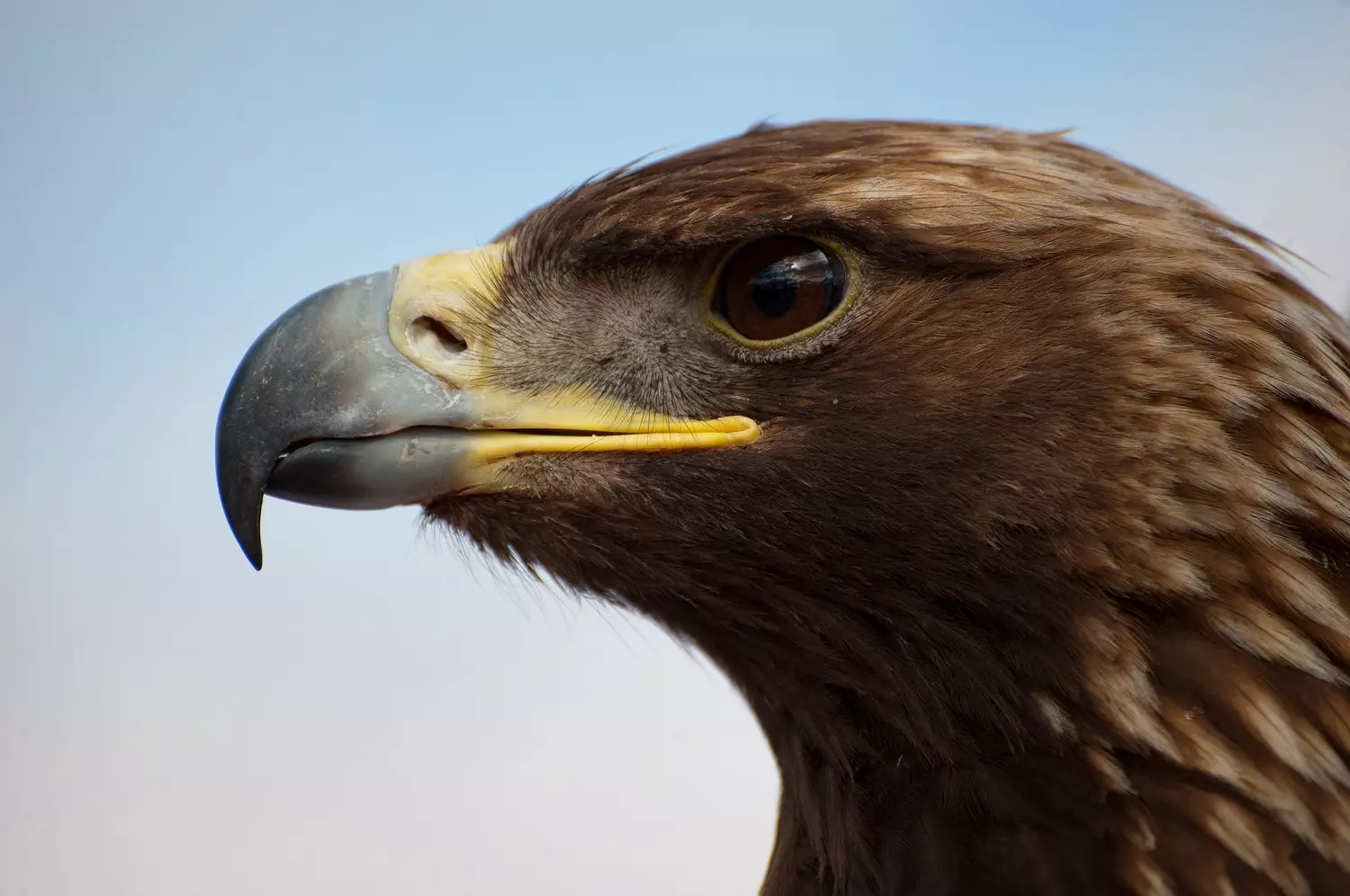[Originally published as A Bad Sermon Illustration]
A student who has used some of my science courses contacted me asking if something he heard in a sermon was actually true. He said that it sounded kind of hard to believe based on what he knew about science. The student’s question made me happy for two reasons. First, it showed that he was diligent in trying to learn the truth. Second, it showed that he was able to take what he had learned from my science courses and use it to do some critical thinking.
Here is one version of the story he heard:
The eagle has the longest life-span among birds. It can live up to 70 years, but to reach this age, the eagle must make a hard decision. In its 40’s, its long and flexible talons can no longer grab prey which serves as food. Its long and sharp beak becomes bent. Its old-aged and heavy wings, due to their thick feathers, become stuck to its chest and make it difficult to fly. Then, the eagle is left with only two options: die or go through a painful process of change which lasts 150 days. The process requires that the eagle fly to a mountain-top and sit on its nest. There, the eagle knocks its’ [sic] beak upon a rock until it plucks it out. After plucking it out, the eagle will wait for a new beak to grow back and then it will pluck out its talons. When its new talons grow back, the eagle starts plucking its old-aged feathers. After five months, the eagle takes it famous flight of re-birth and lives for 30 more years!
The idea, of course, is that change is hard, but if you make the change, great things can happen. While this is an inspiring tale, almost nothing in it is true. Let’s just start from the beginning and work through the story, comparing what the story claims to what we know about eagles.
The eagle has the longest life-span among birds. It can live up to 70 years, but to reach this age, the eagle must make a hard decision.
Most eagles live 20-30 years in the wild. Some captive eagles have lived as long as 50 years. Albatrosses are among the longest-lived birds, with an average lifespan of about 50 years in the wild. The oldest known wild bird is a Laysan albatross that is about 64. She has a Facebook page, if you are interested.
In its 40’s, its long and flexible talons can no longer grab prey which serves as food. Its long and sharp beak becomes bent. Its old-aged and heavy wings, due to their thick feathers, become stuck to its chest and make it difficult to fly.
I guess its talons wouldn’t be able to grab prey since the eagle is probably dead by the time it is in its 40s! However, while it is alive, none of this happens. An eagle’s talons and beak are made of keratin, the same substance that makes your fingernails. They grow continually and are therefore constantly renewed. Thus, they don’t become bent or inoperable.
Also, feathers don’t become thick as a bird ages. All birds molt, which means they lose their feathers according to a programmed process that occurs regularly. An adult eagle will lose all its flight feathers slowly over the course of the spring and summer, replacing them with new feathers. This happens in a very precise way. When one feather on the left side of the body falls off, the corresponding feather on the right side of the body will also fall off. That allows the eagle to maintain balance during flight.
Then, the eagle is left with only two options: die or go through a painful process of change which lasts 150 days. The process requires that the eagle fly to a mountain-top and sit on its nest.
Eagles typically build their nests in trees, not on mountaintops. They tend to use the same nest each time they reproduce, but they never use the nest unless they are preparing it for their young, incubating the eggs, or caring for their young. A nest is not a bird’s home. It is a bird’s nursery.
There, the eagle knocks its’ [sic] beak upon a rock until it plucks it out. After plucking it out, the eagle will wait for a new beak to grow back and then it will pluck out its talons. When its new talons grow back, the eagle starts plucking its old-aged feathers. After five months, the eagle takes it famous flight of re-birth and lives for 30 more years!
This was the part that really bothered the student. Can you figure out the problem? Supposedly, this process takes five months. During that time, the eagle can’t eat. After all, for a while, it has no beak. Then it has no talons. Then it can’t fly because it has no feathers. The student specifically asked how the eagle could live that long without eating. He asked if some process like hibernation was going on.
I was really pleased that the student thought that through. There are animals that can live for extended amounts of time without eating. However, they generally achieve a low-energy state in order to do that. The eagle in this story isn’t in a low-energy state if it is growing a new beak, new talons, and new feathers! Obviously, then, this “renewal process” simply can’t happen the way it is described!
I am sure there are a lot of untrue sermon illustrations that are used time and time again, just as there are many untrue things written in science textbooks. It pays to be diligent. Check out those illustrations before you use them, or repeat them!
NOTE: One of the comments on this article asked about the sermon illustration that supposedly describes how eagles learn to fly. If you have heard that one, it is also false.







